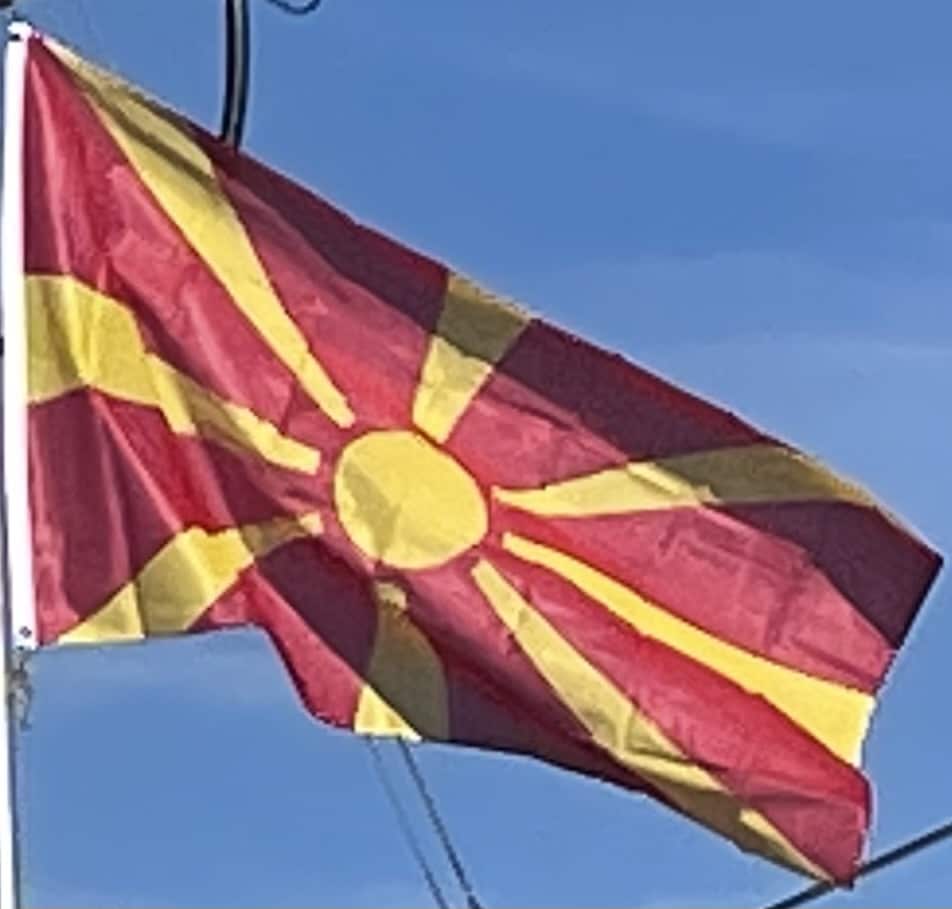In the early years of the Internal Macedonian Revolutionary Organization, membership eligibility was exclusive to Bulgarians, but later it was extended to all inhabitants of European Turkey regardless of ethnicity or religion. The majority of its members were Macedonian Bulgarians. In 1903, IMRO organised the Ilinden–Preobrazhenie Uprising against the Ottomans, which after some initial successes, including the forming of the Kruševo Republic, was crushed with much loss of life.
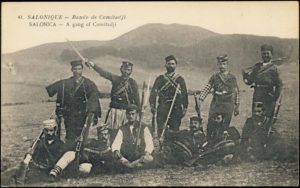
The uprising and the forming of the Kruševo Republic are considered the cornerstone and precursors to the eventual establishment of the Macedonian state. The leaders of the Ilinden uprising are celebrated as national heroes in North Macedonia.
Kingdom of Yugoslavia:
Following the two Balkan Wars of 1912 and 1913 and the dissolution of the Ottoman Empire, most of its European-held territories were divided between Greece, Bulgaria and Serbia. The territory that was to become North Macedonia was annexed by Serbia and named South Serbia. Following the partition, an anti-Bulgarian campaign was carried out in the areas under Serbian and Greek control.
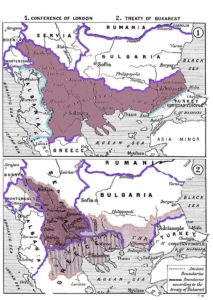
In the fall of 1915, Bulgaria joined the Central Powers in the First World War and occupied most of today’s North Macedonia. After the end of the First World War, the area returned to Serbian control as part of the newly formed Kingdom of Serbs, Croats and Slovenes and saw a reintroduction of the anti-Bulgarian measures.
In 1929, the Kingdom was officially renamed the Kingdom of Yugoslavia, and divided into provinces called banovinas.
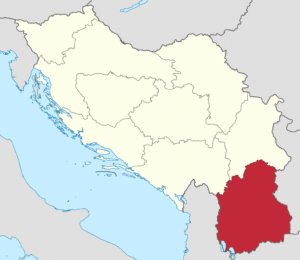
South Serbia, including all of what is now the state of North Macedonia, became the Vardar Banovina of the Kingdom of Yugoslavia.
World War II:
During World War II, Yugoslavia was occupied by the Axis powers from 1941 to 1945. The Vardar Banovina was divided between Bulgaria and Italian-occupied Albania.
The Bulgarian authorities, under German pressure, were responsible for the round-up and deportation of over 7,000 Jews in Skopje and Bitola. Harsh rule by the occupying forces encouraged many Macedonians to support the Communist Partisan resistance movement of Josip Broz Tito after 1943, and the National Liberation War ensued.
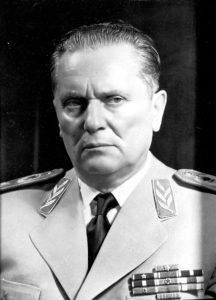
Compelled by the Soviet Union with a view towards the creation of a large South Slav Federation, in 1946 the new Communist government, led by Georgi Dimitrov, agreed to give Bulgarian Macedonia to a United Macedonia. With the Bled agreement, in 1947 Bulgaria formally confirmed the envisioned unification of the Macedonian region, but postponed this act until after the formation of the future Federation. It was the first time it accepted the existence of a separate Macedonian ethnicity and language. After the Tito–Stalin split the region of Pirin Macedonia remained part of Bulgaria.
Socialist Yugoslavia:
In December 1944 the Anti-Fascist Assembly for the National Liberation of Macedonia (ASNOM) proclaimed the People’s Republic of Macedonia as part of the People’s Federal Republic of Yugoslavia.
